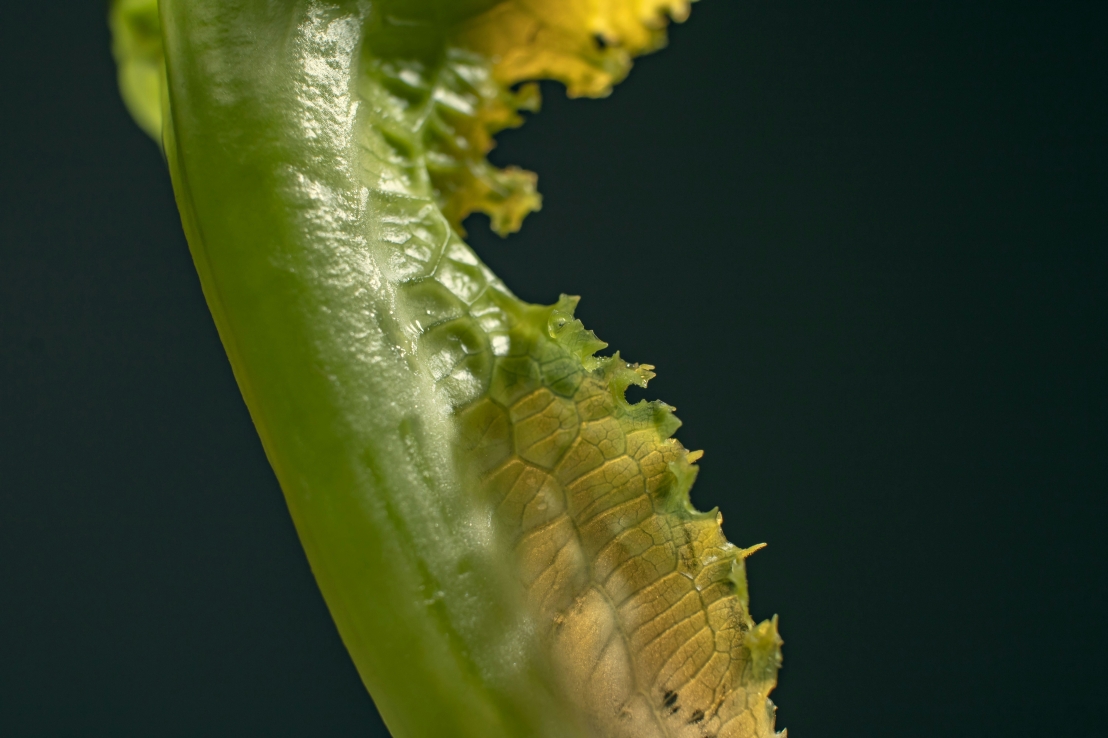Venus Flytrap – The Iconic Carnivorous Plant That Captivates Gardeners

The Venus Flytrap (Dionaea muscipula) is one of the most well-known carnivorous plants in the world. Native to the subtropical wetlands of North and South Carolina in the United States, this remarkable plant has evolved specialized leaves that snap shut when triggered by unsuspecting prey, primarily insects and spiders.
Each trap consists of two hinged lobes at the end of each leaf. When tiny hairs on the inner surfaces of the lobes are touched twice within about 20 seconds, the trap snaps shut in less than a second. This mechanism ensures the plant does not waste energy on false triggers like falling debris or raindrops.
The digestion process begins shortly after the trap closes, releasing enzymes to break down the insect’s soft tissues. Nutrients are absorbed over 5 to 12 days, after which the trap reopens, leaving behind the undigested exoskeleton.
Care Tips for Venus Flytrap:
-
Light: Requires 4–6 hours of direct sunlight daily or strong artificial grow lights indoors.
-
Water: Only use distilled water, rainwater, or reverse-osmosis water. Tap water containing minerals can harm the plant.
-
Soil: Needs nutrient-poor, acidic soil such as a mix of sphagnum moss and perlite.
-
Feeding: Outdoors, it can feed naturally. Indoors, occasional feeding with live insects is recommended.
-
Dormancy: Requires a winter dormancy period (about 3 months) at temperatures between 0°C and 10°C (32°F to 50°F) to stay healthy.
Venus Flytraps are not just fascinating for their carnivorous nature but are also crucial players in demonstrating plant movement, sensory responses, and evolutionary adaptation. Despite their fearsome reputation, they are delicate plants that require specific care to thrive outside their natural environment.
Currently, the Venus Flytrap is listed as a vulnerable species due to habitat destruction and overcollection. Growing them responsibly from nurseries helps preserve wild populations.

Comments : 0